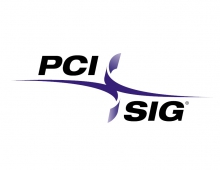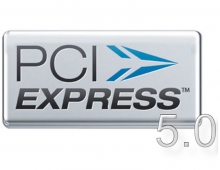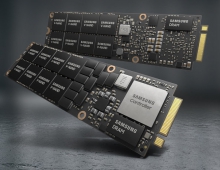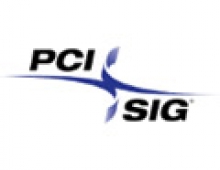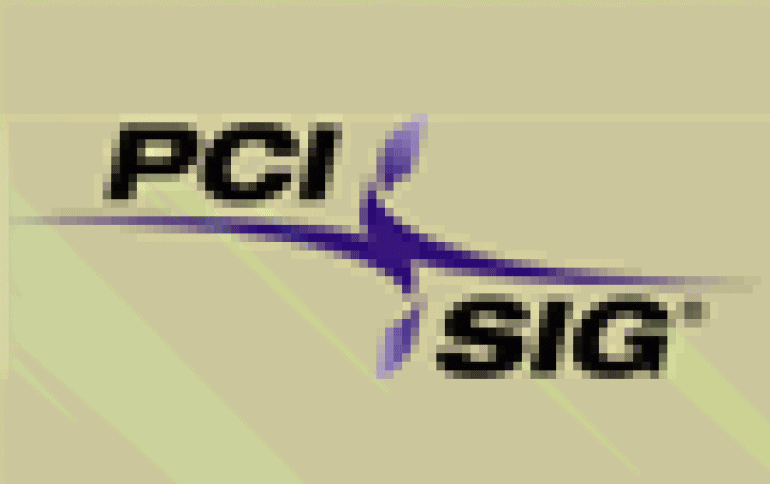
PCI Express External Cabling Specification Completed
PCI-SIG, the Special Interest Group responsible for PCI Express industry-standard I/O technology, today announced the availability of the PCI Express External Cabling 1.0 specification.
PCI Express External Cabling extends the PCI Express (PCIe) interconnect architecture "outside the box." Cables using the PCIe technology will be used for external applications, as well as applications internal to an enclosure that need a cable connection. The PCIe External Cabling specification provides guidelines for a practical cable length, but does not currently set a maximum cable distance. The new specification creates new opportunities for the application of the PCIe architecture to innovative platform topologies, allowing developers to leverage the existing and broad PCIe ecosystem.
The PCI Express External Cabling specification establishes a standard method of using PCIe technology over a cable by defining cable connectors, copper cabling attributes and electrical characteristics, connector retention, identification and labeling. It conforms to the PCIe 1.1 Base and electro-mechanical specifications, enabling high data rates between PCIe subsystems. Standard cables and connectors have been defined for x1, x4, x8, and x16 link widths. Sideband signaling is provided via the cable to attain compatibility with existing silicon and software; this leverages existing software and infrastructure, provides ease-of-use and helps accelerate adoption of the technology.
The new cabling specification currently supports signaling rates of 2.5GT/s. In the future, PCI-SIG expects to continue to advance the cabling technology by providing new enhancements and foresees support for 5.0GT/s signaling rates.
The PCI Express External Cabling specification establishes a standard method of using PCIe technology over a cable by defining cable connectors, copper cabling attributes and electrical characteristics, connector retention, identification and labeling. It conforms to the PCIe 1.1 Base and electro-mechanical specifications, enabling high data rates between PCIe subsystems. Standard cables and connectors have been defined for x1, x4, x8, and x16 link widths. Sideband signaling is provided via the cable to attain compatibility with existing silicon and software; this leverages existing software and infrastructure, provides ease-of-use and helps accelerate adoption of the technology.
The new cabling specification currently supports signaling rates of 2.5GT/s. In the future, PCI-SIG expects to continue to advance the cabling technology by providing new enhancements and foresees support for 5.0GT/s signaling rates.


